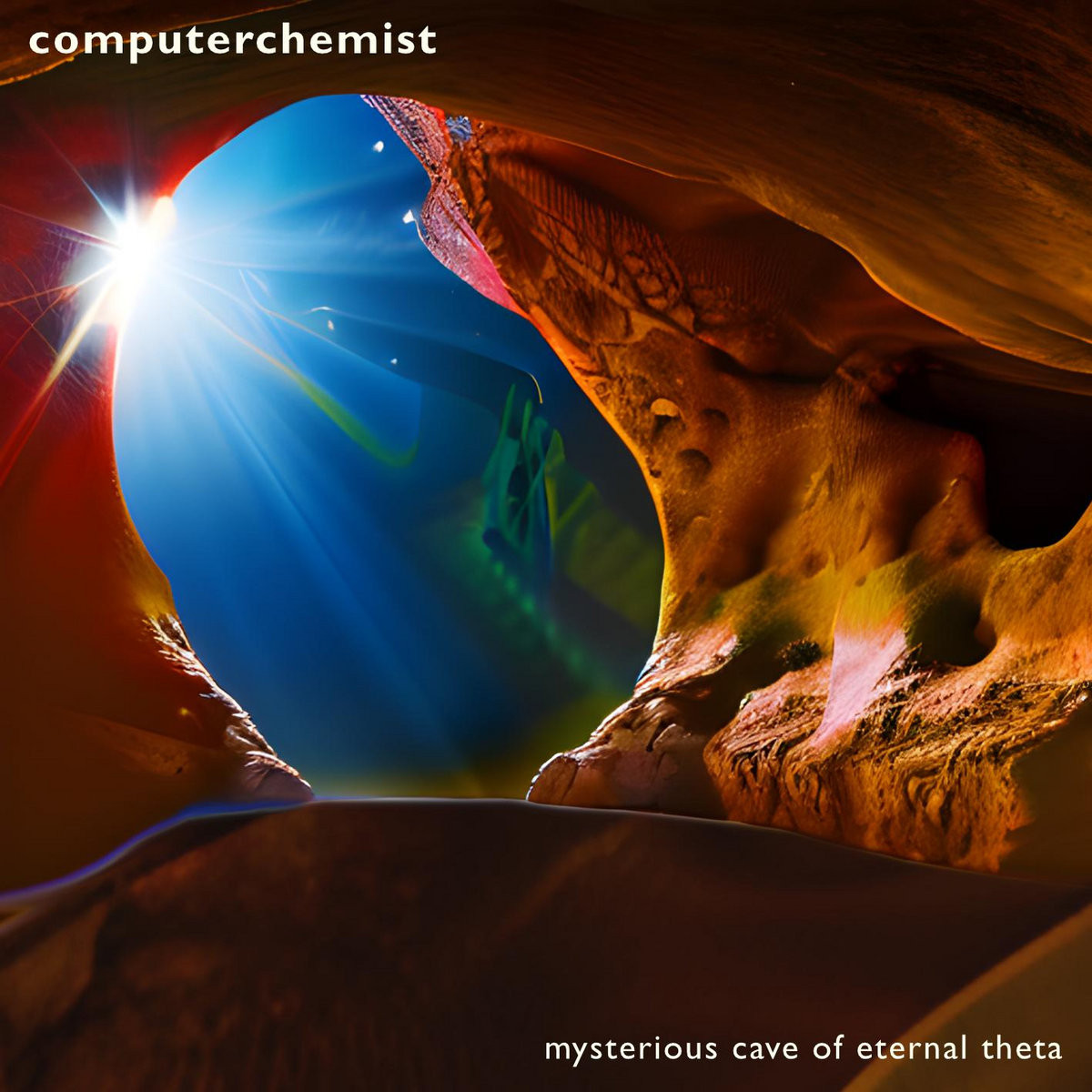
Under the pseudonym "Computerchemist" performs Hungarian electronic composer Dave Pearson. The Greek letter “Theta” appearing in the title of the album, apparently, means Theta-waves of the human brain, which begin to be generated in a special borderline state in which we are no longer awake, but have not yet completely fallen into sleep.
The article of the famous music reviewer Sylvain Lupari prompted me to research this album. If Sylvain writes about something, it is most likely interesting, and most often it is a very worthy job. But, of course, it is always better to get your own opinion than to be content with the opinion of the best expert.
Dave Pearson began to show himself in the field of music in the distant 80s of the last century. But he approached the creation of his own conceptual electronic albums only at the beginning of this century, using only virtual synthesizers (maybe this meaning is embedded in the name of the musical project?) And occasionally an electric guitar. Over time, Dave began to enrich his electronic compositions with analog synthesizers, and in the album of 2023 — «The Mysterious Cave of Eternal Theta» — the famous Mellotron creates the basic sound palette — the forerunner of sampling technology, in which the sound of classical instruments was reproduced from magnetic tapes — set in motion by playing the keyboard. Mellotron could not reproduce with absolute certainty the sound of violins, choirs and wind instruments, but this instrument went down in history as a source of original-sounding timbres that create a special state of music perception for the listener. It was with its sound that the Mellotron inspired so many musicians over the years. In particular, Jean Michel Jarre used the Mellotron on his classic albums such as «Oxygene» and «Equinoxe». The use of the Mellotron in the 20s of our century is both an exquisite fetish and a challenge to modern technologies, which, for all their infinity, for some reason do not create such an attractive sound, as did the electromechanical device invented 60 years ago.
It is the Mellotron that “makes” the sound of the album «The Mysterious Cave of Eternal Theta». The album really sounds hypnotic. Of course, endless arpeggio sequences also contribute to this, but it is precisely the amorphous flights of Mellotron sounds over the rhythm section that allow it to exist within the framework of one unchangeable tonic for ten minutes or more. And it doesn't seem boring at all. On the contrary, this is exactly what fascinates.
The album is designed in the style of classical electronics of the Berlin School, for which the characteristic length of the track is 10 minutes or more. And the duration of the entire release just corresponds to the capacity of one CD.
The album does not use percussion instruments, and the whole rhythm is set exclusively by electronic arpeggios — rather booming, low-frequency ones. The album does not contain high-frequency acidic sounds so beloved by the younger generation, but it is this feature that makes the sound of the album completely non-fatiguing to our consciousness. And with it you can really plunge into a special trance state in which you are on the verge of two worlds — the World of physical reality and the World of sleepy dreams.
The final track was performed live without the use of multi-channel overdubs and computer rhythms. In fact, it most clearly illustrates what the sound of the Mellotron is all about. In addition, it is in this track that harmony and melody are most beautifully revealed, which could not be manifested in the previous four tracks. And this final track is perhaps the most valuable for me. Plus, this is the exit from the "cave" — an episode that can be quite likened to a happy awakening.
Album «The Mysterious Cave of Eternal Theta» on Bandcamp:

Comments
Post a Comment